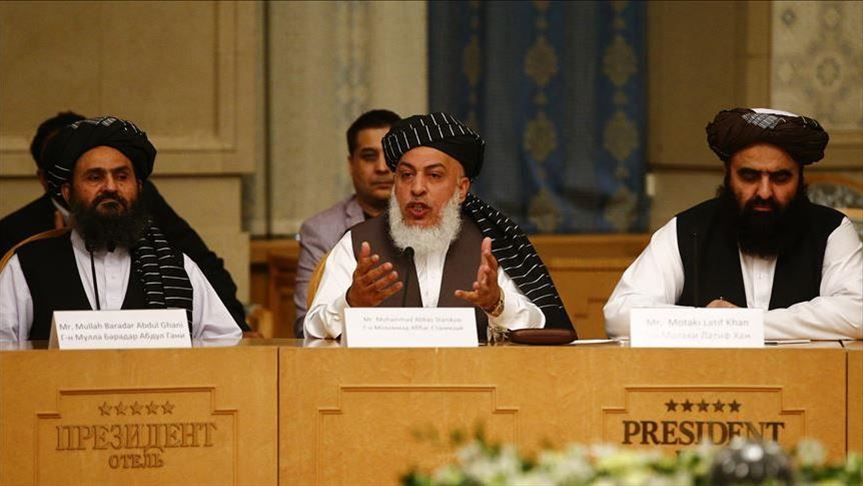
In a surprising turn of events, the negotiators of the Afghan government and the Taliban met in Qatar on Friday, the second day of Eid-ul-Fitr. The development gives hope to many who feared that the deadlock between the two negotiating sides would continue even after the American withdrawal. The recent meeting offers a glimmer of hope for the ordinary Afghans in the days to come, as the negotiating teams of the Afghan government and the Taliban have recommenced their meetings to chalk out a future political course for the war-torn country.
It is great seeing that the Taliban have also realised that there is no way other than participating in the intra-Afghan dialogue. Nevertheless, the question worth asking is this: what prompted the Taliban to take part once again in the halted peace process? The answer lies in the increasing violence in Afghanistan and the resultant political pressure. What is clear in the case of Afghanistan is that the Taliban have lost their monopoly on the use of violence. Another party that is equally effective in this tactic is the Islamic State (IS). It is the presence of IS in Afghanistan that best explains the Taliban’s sudden change of mind.
Given the fact that no side to the conflict possess the ability to subdue the other in short term and the accelerated violence from the IS are two reasons for the two sides to cooperate. It would be prudent if the Afghan government and the Taliban let each other know of their intentions towards peace and stability in Afghanistan to weed out the external spoilers. In the meanwhile, the international community must use its technical and financial assistance, which the future Afghan government will need to rebuild the country, to pressurise the parties in the conflict to agree to power-sharing and peace.
Source: https://nation.com.pk/17-May-2021/resuming-peace-talks

